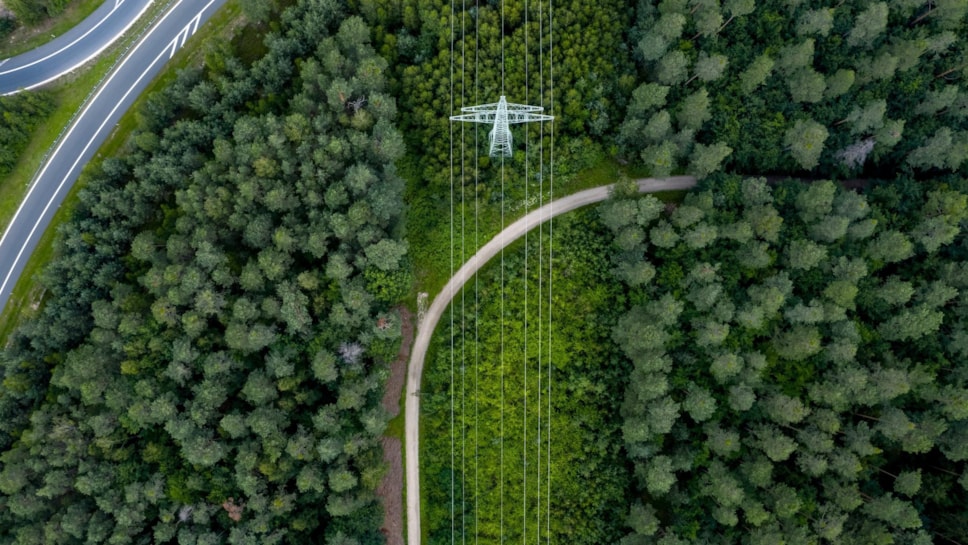
“Get on with it”: House of Lords looks at future of long-duration energy storage
How we're already acting on recommendations from long-duration energy storage report.
Last month, the House of Lords held a debate on a report published by the Science and Technology Committee in March of last year: Long-Duration Energy Storage: Get on with it.
The original report and resulting debate cover a range of important issues, and chapter 4 (Long-Duration Energy Storage in Context) points to the roles that different actors in the energy system must play to make this kind of storage a success.
As a leading energy supplier committed to making new energy work for the UK we were encouraged to find several insights from the Science and Technology committee that chime with efforts we are already making, and plenty of scope for future progress.
Addressing the need for more long-duration storage
The first chapter of the report identifies the pressing need for long-duration storage as we continue to electrify the UK’s energy system and move to renewables that, unlike polluting fossil fuel generators, are often weather-dependent and cannot be fired up on demand.
In addition to large-scale battery storage projects like the two 230-megawatt facilities in which we’re investing at the site of the former Uskmouth coal-fired power station in Newport, South Wales, we are helping to drive financing for future long-duration storage projects through collaborations and research with climate finance companies such as Seagrass.
The report also explores a variety of different approaches to long duration storage including hydrogen – a field in which we are increasingly involved. We have recently been working with Sheffield Hallam University and Chesterfield Special Cylinders to explore ways of producing green hydrogen at the Blackburn Meadows renewable energy park to help decarbonise Sheffield’s steel industry, but findings from this and our other hydrogen projects will be useful to inform future efforts to decarbonise the energy system.
Minimising the need for long-duration energy storage
The Science and Technology Committee’s report identifies that one of the key roles of long-duration energy storage is to help balance the grid as more renewable energy assets come online, but it also suggests that other measures might reduce strain on the grid in the first place, and therefore the need for additional storage.
The report points to demand-side solutions such as encouraging customers to use energy more flexibly and making the most of smart “Time of Use” tariffs, all of which we support, but we are also working on more extensive approaches to reducing grid-demand. For example, through our ongoing work to plan and launch a pilot Energy Sharing Community in the UK this year, we hope to further decentralise the country’s energy production and reduce demand for infrastructure upgrades and storage by supplying more power locally.
How we can help bring more long-duration storage to the UK
Long-Duration Energy Storage: Get on with it concludes by pressing the importance of moving quickly to establish long-duration storage as a major piece of the UK’s energy transition, and it also raises many of the economic, logistic, and technological challenges involved.
Whether it’s through innovative projects and products of our own, collaborations with companies and finance initiatives trying to drive net zero forward, or thought leadership in the energy industry, we’re here to meet these challenges and support the UK and government in any way we can to make new storage solutions, and new energy, work.
To learn more about the efforts above, take a look at:
